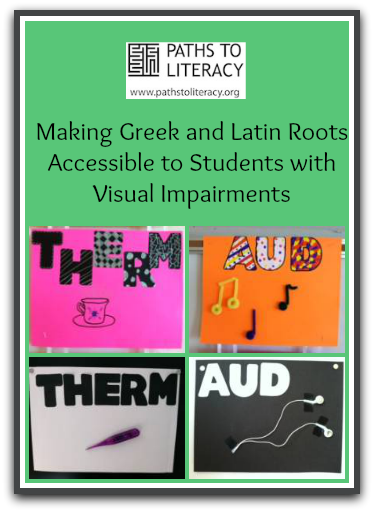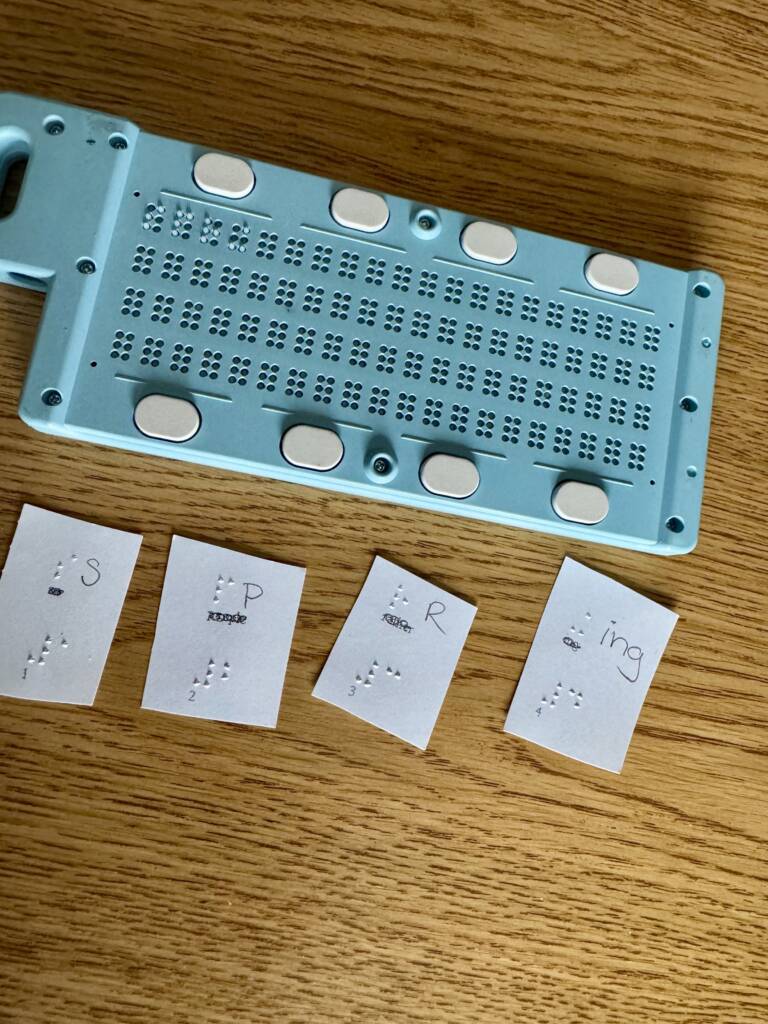Learning Greek and Latin roots is an excellent way to build students’ vocabularies and to help improve their decoding skills. It has been said that students who know their roots can effectively double or triple their vocabularies.
Mastering Greek and Latin roots will help not only in the language art classroom but also in other content areas such as science, social studies, and math. It will also be helpful when studying a second language.
One effective way of helping students learn their root words is to give the students the definition and have them draw (or create) a picture to represent the root. Modifications can be made so that it is helpful to students with visual impairments. To adapt this activity for students with visual impairments, the TVI (or classroom teacher) and the students will have to work together to decide which graphics/items would best help the students when trying to remember the roots.
(If you need a list of Greek and Latin root words, you can search online or consult other educational sources. Books such as Vocabulary Packets: Greek and Latin Roots by Liane B. Onish and Vocabulary from Classical Roots by Norma Fifer and Nancy Flowers are great resources.)
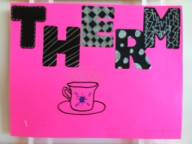
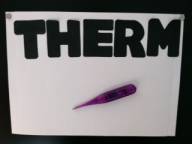
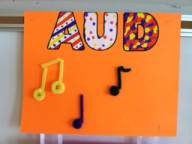
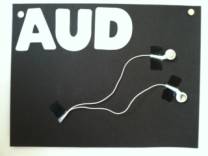
Materials
- List of Greek and Latin root words
- Cardstock
- Stencils and markers or precut letters
- Brailler or braille labeler w/labels
- Glue stick, glue gun, or Velcro
- Tactile Graphics representing the roots (They can be actual items or formed from chenille stems, foam, puff paint, pompoms, etc.)
Preparation
- Glue (or stencil) the root word on the cardstock
- Place a braille label with the root word near it
- Glue or Velcro the tactile graphic or item on the cardstock
Variations
- The pages could be reduced to flashcards by folding the cardstock lengthwise and cutting it in half
- The color of the background paper and the letters could be changed to a preferred color.
